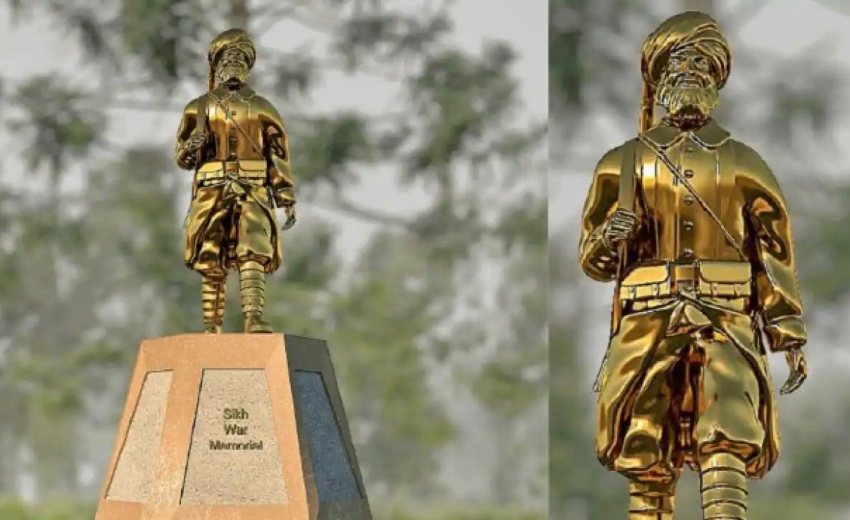The Blacktown City Council accepted a proposal to pay tribute to the turbaned soldiers in Australia's military history in 2021. The proposal suggested building a statue of an unknown Sikh soldier, which is currently under community consultation.
Mayor Tony Bleasdale praised the significant role played by the Sikh community in the British Empire's history, where they sacrificed many of their sons and daughters in war zones. He also praised the generous nature of the Sikh community and how they have played an exemplary role during times of bushfires, floods, and the COVID-19 pandemic.
The proposed statue was supposed to exemplify the Sikh community's sense of service and will be erected at the Glenwood Lake Reserve if the proposal goes well. Blacktown is known for being one of the most diverse LGAs in Australia, with a significant Sikh community that has become part of the Blacktown family.
Fateh Foundation supported the project
Dr Moninder Singh, a Blacktown Councillor, shared with Indian Link that a not-for-profit organization called the Fateh Foundation proposed the project to the Council with support from the RSL, the National Sikh Council of Australia, and Glenwood Gurudwara. The process started in 2020 and different locations, including an RSL site, were considered before approaching the Blacktown Council. The goal is for the memorial to be a gathering spot for the community during Anzac Day, Remembrance Day, and significant dates on the Indian calendar.
The Fateh Foundation, launched in 2020, was designated to fund the project to highlight the legacy of Indian soldiers, especially Sikhs, and to inform future generations about their contributions. Volunteer Amarinder Bajwa mentioned that artists and architects were in the process of developing designs for the project.
The valour of Sikh soldiers
Sikh soldiers played an important role in the British Army during World Wars I and II. They fought bravely in various regions around the world including Europe, Africa, the Middle East, and Asia. In particular, their contribution at Gallipoli, Australia, was brought to light in the early 2000s. The 14th Sikh Regiment's role in the war was particularly noteworthy. Out of the 22 Victoria Crosses awarded to Indian soldiers, 14 were won by Sikhs, reflecting their bravery and courage in the face of adversity.
General Sir Ian Hamilton, who was in charge of the Gallipoli operations, paid tribute to the Sikh soldiers' heroism in his writings. Despite suffering significant losses, the Sikh soldiers did not falter or retreat, and they held their ground throughout the day. The enemy's trenches were blocked by the bodies of both Sikhs and their enemies, who fought fiercely in close quarters. The glacis slope was also filled with the bodies of these fine soldiers, who lay on their faces as they fell in their steady advance on the enemy.
Honouring the bravery of Sikhs
Every year, the bravery and heroism of soldiers is recognized at the Anzac Day Parade in Australia. Since 2007, a Sikh contingent has been marching in the parade, highlighting a little-known aspect of the country's history. Historians Len Kenna and Crystal Jordan from the Australian Indian History Society have unearthed this history, which includes the contributions of Indian soldiers who fought for Australia during World War I.
In 2018, a war memorial for Indian soldiers was unveiled in Sydney by the Hindu Council of Australia. However, Kenna and Jordan criticized it for only including Sikh and Hindu names, leaving out other Indian soldiers of different faiths or backgrounds who also fought for Australia. In the UK, a similar tribute was unveiled, a 3-meter bronze statue of a Sikh soldier in Smethwick, honouring soldiers of all faiths who fought for Britain during WW1.
Brisbane also has its own memorial honouring Indian soldiers' contributions to Australia's war efforts, located at Sunnybank RSL. The Glenwood Sikh memorial, when completed, will be the first of its kind in the southern hemisphere, commemorating the bravery and sacrifices made by Sikh soldiers for Australia.
*Based on an article by Rajni Anand Luthra, published in Indian Link on 31st August 2021
